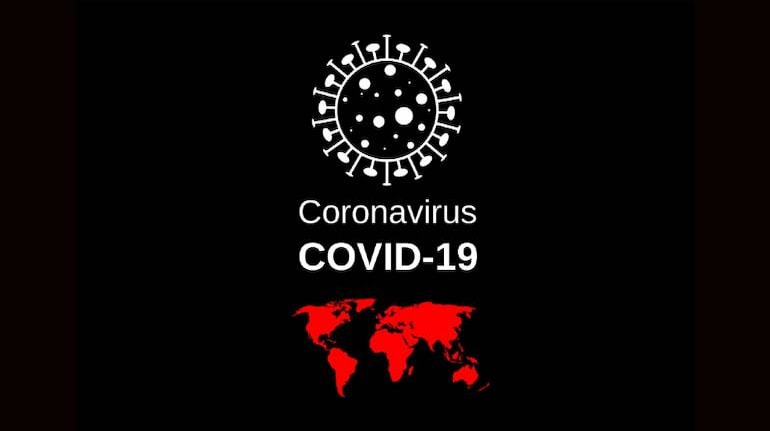
'How coronavirus enters cells decoded, may help develop new drugs'
According to the researchers, including those from Icahn School of Medicine at Mount Sinai in the US, understanding how the novel coronavirus, SARS-CoV-2, enters cells, and comparing it to other coronaviruses, is key to identifying treatments against COVID-19.
by PTIScientists have identified features of the novel coronavirus which enable it to efficiently enter cells, while stealthily evading surveillance by the host immune system, findings that may lead to novel drug targets against COVID-19.
According to the researchers, including those from Icahn School of Medicine at Mount Sinai in the US, understanding how the novel coronavirus, SARS-CoV-2, enters cells, and comparing it to other coronaviruses, is key to identifying treatments against COVID-19.
In the new study, published in the journal PNAS, the scientists assessed how SARS-CoV-2, and the closely related SARS-CoV virus behind the 2002-03 pandemic, use the human ACE2 receptor proteins as entry gates into cells.
By conducting lab tests to understand how synthetic versions of the novel coronavirus and SARS-CoV enter cells, the researchers identified key mechanisms by which SARS-CoV-2 evades the host immune system, and enters cells.
They said the spike protein on the surface of SARS-CoV-2 binds to the host cell receptor ACE2 through a portion on its surface called the receptor-binding domain, or RBD.
The RBD, the scientists said, is activated by biological molecules in humans called proteases.
According to the study, the SARS-CoV-2 RBD has higher ACE2 binding affinity than that of the 2002-03 SARS virus, supporting a more efficient cell entry in the new virus.
However, the researchers said the ACE2 binding affinity of the entire SARS-CoV-2 spike is comparable to, or lower than that of SARS-CoV spike.
"Despite the potency of its RBD's binding to hACE2, the entire SARS-CoV-2 spike does not bind to hACE2 any more strongly than SARS-CoV spike does," the scientists wrote in the study.
Based on this observation, they suggested that SARS-CoV-2 RBD, albeit more potent, is less exposed than SARS-CoV RBD.
The hidden RBD in the novel coronavirus, according to the researchers, can evade the host immune system, potentially leading to insufficient immune responses and prolonged recovery time.
The scientists also found that unlike SARS-CoV, cell entry of SARS-CoV-2 is preactivated by a molecule called proprotein convertase furin.
To maintain its high infectivity while keeping its RBD less accessible, the study noted that the novel coronavirus relies on host protease activation.
Host protease activation is a significant determinant of coronavirus infection, and a significant target for host immune surveillance and human intervention strategies, the researchers said.
"The high ACE2 binding affinity of the RBD, furin preactivation of the spike, and hidden RBD in the spike potentially allow SARS-CoV-2 to maintain efficient cell entry while evading immune surveillance," the researchers wrote in the study.
According to the scientists, these features of the novel coronavirus may contribute to the wide spread of COVID-19.
"Successful intervention strategies must target both the potency of SARS-CoV-2 and its evasiveness," they concluded.
Follow our full coverage of the coronavirus pandemic here.
Moneycontrol Ready Reckoner
Now that payment deadlines have been relaxed due to COVID-19, the Moneycontrol Ready Reckoner will help keep your date with insurance premiums, tax-saving investments and EMIs, among others.
Download a copy Get best insights into Options Trading. Join the webinar by Mr. Vishal B Malkan on May 28 only on Moneycontrol. Register Now!